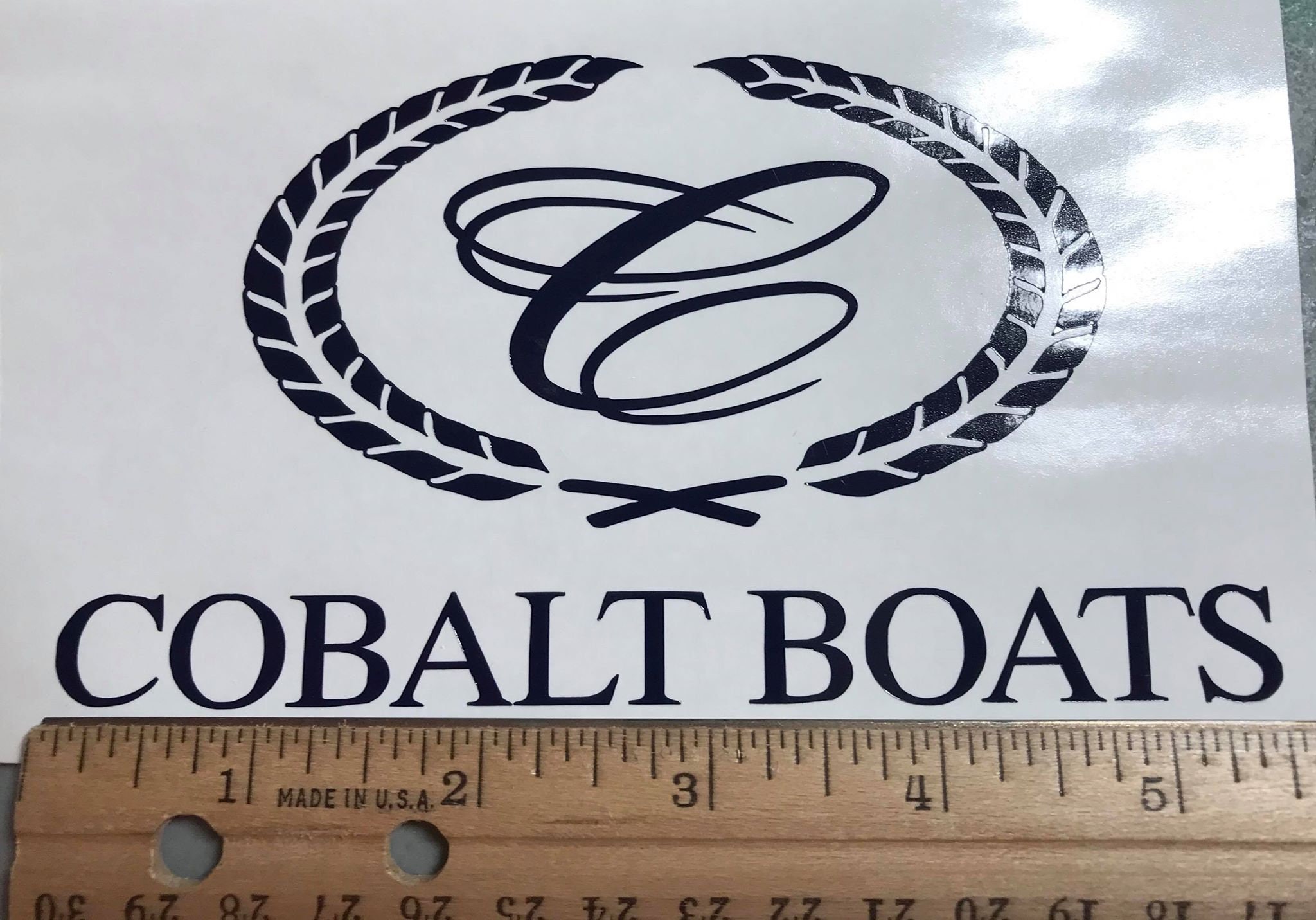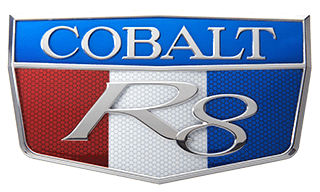
If you need to track task hours remaining, you may want to consider splitting stories down into task cards instead, as tracking hours remaining in the checklist is less than ideal. Tasks: Tasks can be tracked in a variety of ways, but I prefer using the checklist as it has a visual indication of what percentage of the tasks is complete.Expended effort is tracked in the title in brackets (i.e. Points: When using the Scrum for Trello plugin, the story points are placed in the title in parentheses (i.e.The card can then be used to track details of the story, estimates, and who is working on the story. User Stories are captured in Trello as a Card.
COBALT BOATS LOGO UPDATE
UPDATE : Now featured on ! You can access the board and see it live! The User Story Personally, I find too many lists overly confusing so I would recommend trying to keep your stages to a minimum and allowing the team to communicate with each other directly to ensure a story gets done. If you are working with a split dev/test team, you may also need columns for Deployed, Ready for QA, or In QA to allow your team to track where in the development cycle the story is. You may need multiple Done columns if you want to track which Sprints your work was completed in.

Sample Trello Board configured for Scrum. If we want to bring backlog planning into the same view, we can do this with a few extra columns. In a Scrum process, we typically have the standard stages TO DO, IN PROGRESS, and DONE for our tasks. The first step in configuring Trello is to set up your Lists on the board.
COBALT BOATS LOGO HOW TO
In this post, I’d like to walk you through the process of how to configure a Trello board to run a Scrum-like process. Recently I started up a little side project for a personal application I wanted to write, and I decided to run the project using Trello and Scrum for Trello as my task tracking tools.

In the past, I’ve written about how to use Trello for agile task tracking, and also about some tools that allow you to use Trello for Scrum.


 0 kommentar(er)
0 kommentar(er)
